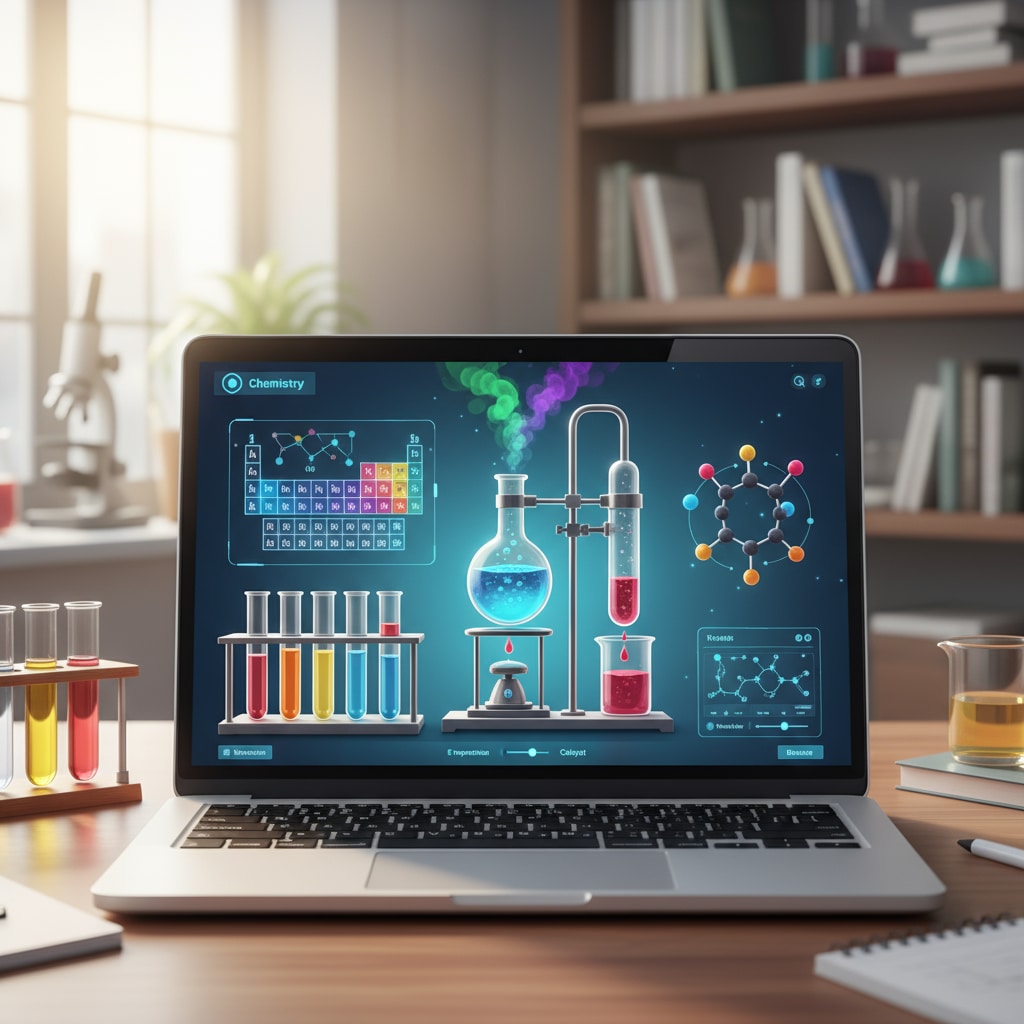High school students often find themselves at a crossroads when it comes to choosing between physics and chemistry for online learning, especially when considering future career prospects in the health industry. This decision can be a significant one, shaping not only their academic journey but also their professional lives.

The Physics vs Chemistry Dilemma
Physics and chemistry are both fundamental sciences, but they offer distinct ways of understanding the world. Physics focuses on the study of matter, energy, space, and time, exploring concepts like motion, forces, and electromagnetism. Chemistry, on the other hand, delves into the composition, structure, properties, and reactions of substances. For students interested in online learning, this choice becomes even more complex as they need to consider how each subject can be effectively learned in a virtual environment. According to Wikipedia’s page on Physics, physics has a wide range of applications in various fields, which might influence a student’s decision.
Online Learning: The Case of Chemistry
Online learning has revolutionized education, and chemistry is no exception. However, it comes with its own set of challenges. One of the main advantages of online chemistry learning is the flexibility it offers. Students can learn at their own pace, review difficult concepts as many times as needed, and access a wealth of resources. For example, many online platforms provide virtual labs where students can conduct experiments remotely.

But, according to Britannica’s entry on Chemistry, the lack of hands-on experience in a traditional laboratory setting can be a drawback. It might be harder for students to fully grasp practical aspects such as handling chemicals and observing real-time reactions.
Another aspect to consider is the interaction with instructors and peers. In a physical classroom, students can easily ask questions and engage in discussions. In an online environment, while communication tools are available, it might not be the same. This could potentially affect the learning experience, especially for complex topics in chemistry.
The Health Industry Factor
The health industry is booming, and both physics and chemistry play crucial roles. In fields like medical imaging, physics knowledge is essential. Concepts such as X-rays, MRI, and ultrasound are based on physical principles. On the other hand, chemistry is vital in areas like pharmaceuticals, where understanding the properties and reactions of drugs is key. When planning a career in the health industry, students need to carefully weigh how each subject aligns with their long-term goals.
For instance, if a student dreams of becoming a radiologist, a strong foundation in physics would be beneficial. However, if they aspire to be a pharmacist, chemistry would be the more relevant subject. This connection between the two subjects and the health industry further complicates the decision-making process for students choosing between physics and chemistry for online learning.
Readability guidance: By presenting the information in short paragraphs and using lists where appropriate, it becomes easier for readers to understand the key points. Each H2 section has provided a clear focus on different aspects of the subject selection dilemma. The use of external links from reliable sources like Wikipedia and Britannica adds credibility to the information. Transition words such as “however”, “for example”, and “on the other hand” have been used to make the flow of the article smooth.


